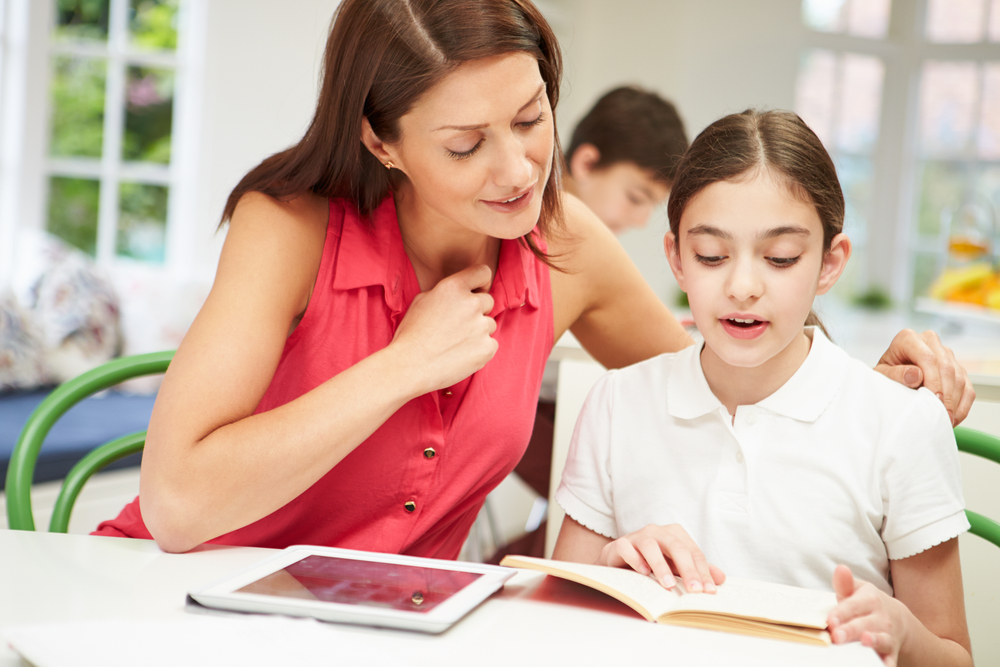
“My second grader is struggling with reading.” No parent wants to come to this realization, but reading struggles are common in second grade. In fact, many children start out as strong readers in kindergarten and first grade, but then hit a bump in the road in second grade, when the reading material becomes more challenging.
If your second grader is struggling to keep up with their classmates, it’s important to step in and help them develop the skills they need to succeed.
How Well Should A Second Grader Read?
Parents won’t be able to tell that their second grader is falling behind if they don’t know what skills they should have acquired by this point in their academic career. Some of the key reading skills for second graders are:
- Identifying the main idea of a story.
- Summarizing the main events of a story while omitting minor or irrelevant details.
- Connecting the events of a story to their own experiences.
- Reading 50 to 60 words per minute at the start of the school year and about 90 words per minute at the end of the school year.
- Recognizing close to 90% of all the words in books for the second grade reading level.
- Reading words with more than one syllable.
- Reading a wide variety of texts.
If your child has not developed one or more of these skills, it may be time to get them extra help outside of the classroom.

How Long Should A Second Grader Read Each Day?
Most second grade teachers will give their students independent reading time in the classroom every day. But if your child is a struggling reader, they should practice reading at home as well as in the classroom.
Encourage your child to read for 20 minutes per day. If your second grader is a reluctant reader, ask everyone in the family to participate in this daily activity. This way, it won’t seem like a punishment or chore to your child since everyone is doing it together.
How Can I Help My Second Grader With Reading?
Parents can play an important role in helping their second graders get back on track and strengthen crucial reading skills. There are a number of different ways for you to help your child at home. Start with these strategies:
- Reread their favorite stories. If your second grader finds a story they love, encourage them to read it again and again. Rereading the same text will help them improve their fluency, which is an important skill that every second grader must develop.
- Read books aloud together. Instruct your child to try to match your pace and expression to improve reading fluency skills.
- Use letter magnets to create new words together. Focus on teaching your child about long vs. short vowels, suffixes, prefixes, and compound words. Kids will love playing with colorful word magnets, so this is a great way to make learning fun.
- Create graphic organizers such as flow charts and Venn diagrams to help your child improve their reading comprehension skills. Use these graphic organizers to compare and contrast characters, determine the cause and effect relationship of events, or map out the sequence of main events in a story.
- Use sight word flashcards to help your child broaden their vocabulary, which will help them become more fluent readers.
- Read a book together, then watch the movie version of the story. After the movie is over, ask your second grader to talk about the similarities and differences between the movie and book.
- Encourage any type of reading. Let your child read magazines, comic books, newspapers, and other materials. Don’t limit them to just books.
Remember, every child is unique. The strategy that works for one child may not work for another, so don’t give up if the first technique you try isn’t effective. It won’t happen overnight, but if you continue to implement these strategies, your second grader will become a better reader.
How Do You Tutor A Second Grader in Reading?
Hiring a reading tutor can cost hundreds of dollars a month, but fortunately, there is another way for your second grader to get one-on-one help.
The Readability app is designed with artificial intelligence and responsive speech recognition technology that allows it to read aloud to your child, listen to your child read, provide feedback, and correct pronunciation errors in real time. The app will also ask your child questions about the text to keep them engaged and improve their comprehension skills. It’s just like working with a reading tutor, except your child can practice anytime, anywhere.
Download the Readability app on your smartphone or tablet to start your free 7-day trial today.

 Español
Español